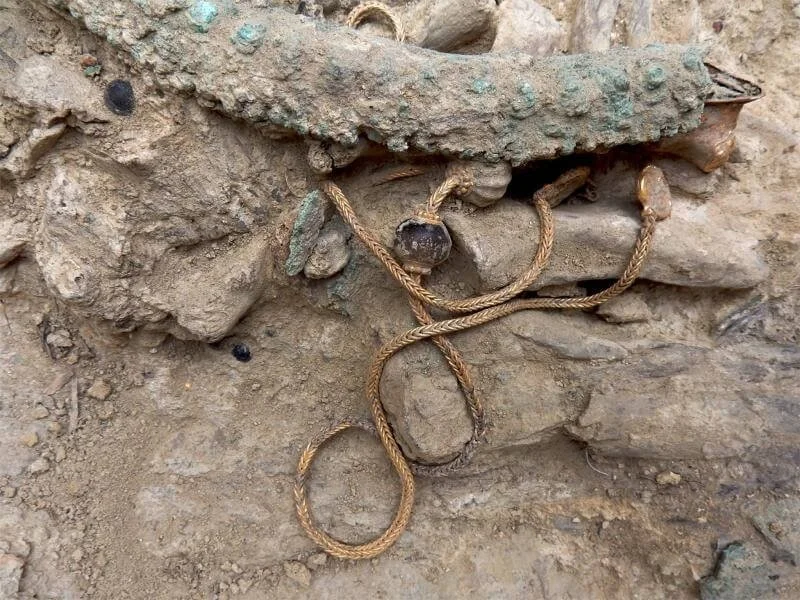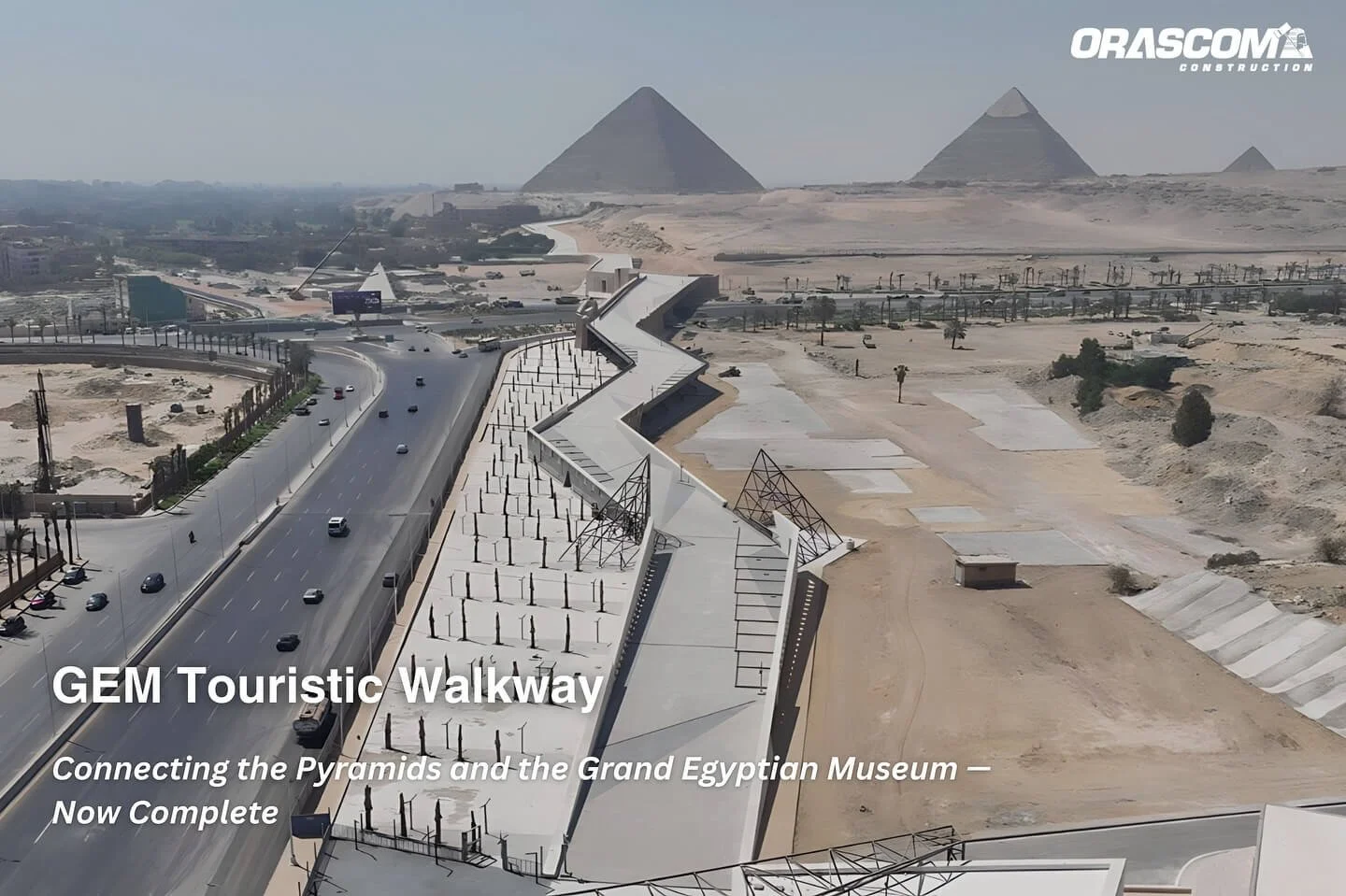An undetected sea lord's skeleton slept among the comforts of the afterlife beneath the tan-brown Peruvian earth. The aristocratic figure was forgotten despite being surrounded by sacrifices and offerings—until now.
Archaeologists in Huaral found elaborate Chancay culture tomb, with wooden oar, belonging to elite figure with ties to the sea, photos show Screengrab from National Major University of San Marcos' YouTube video
The huge tomb was discovered by archaeologists digging the Macatón cemetery in Huaral, according to a news release from the National Major University of San Marcos on May 15, 2023.
According to the press release, the 1,000-year-old tomb measured around 23 feet wide and 23 feet deep. Archaeologists discovered an important person inside together with five other persons, four llamas, and numerous clay jars.
According to the press announcement, the grave was left by the Chancay culture, a pre-Incan culture that emerged between 1000 and 1500 A.D.
Some of the skeletons and broken pottery vessels found in the tomb. Screengrab from National Major University of San Marcos' YouTube video
Lead archaeologist Pieter Van Dalen Luna revealed to EFE that the sea lord was the tomb's prominent aristocratic figure. This identification was made possible by the discovery of a wooden oar, the first relic of its sort discovered at the Macatón cemetery, according to the news source.
According to Van Dalen, the sea lord was probably devoted to fishing, shellfish hunting, or some other aquatic pursuit.
Part of the wooden oar found in the tomb. Screengrab from National Major University of San Marcos' YouTube video
The National Major University of San Marcos uploaded video footage of the magnificent tomb to YouTube. The pile of bones and shattered ceramics at the bottom of the pit is visible in photographs.
Another image shows the wooden oar's top resting against the tomb's side.
The other skeletons discovered in the tomb were probably family members and servants who were sacrificed, according to the BBC.
An intricate pottery vessel found in the tomb. Screengrab from National Major University of San Marcos' YouTube video
25 earthenware urns with food offerings for the dead's afterlife were also included in the burial, according to EFE.
The Chancay society held that living people who passed away had a number of transformational stages on their way to the afterlife before becoming guardian ancestors, according to the specialists quoted in the press release.
According to EFE, the Chancay culture began to decline around 1500 A.D., around the same time as the Incan empire began to expand.
According to the BBC, the excavation location is about 165 feet from a residential area. However, the dwellings also kept robbers from disrupting the region, archaeologists told the site, potentially preventing archaeologists from discovering additional tombs.
The Macatón cemetery as seen from above. Screengrab from National Major University of San Marcos' YouTube video
Of the roughly 80 graves that have been discovered in the Macatón cemetery so far, the BBC said that the sea lord's tomb is the oldest and largest.
In order to better understand the burial, archaeologists will keep examining the deceased's remains, according to the press release.
Northwest of Lima, in Haural, there are around 45 miles.











